Before streaming services and smartphones, there was MTV—the revolutionary channel that launched in 1981 with the prophetic words “Video Killed the Radio Star.” For those of us who spent countless after-school hours glued to the television waiting for our favorite videos to play, these visual masterpieces weren’t just promotional tools for songs—they were mini-movies that shaped our fashion sense, our dance moves, and perhaps most importantly, our imaginations.
1. Michael Jackson’s “Thriller” (1983)
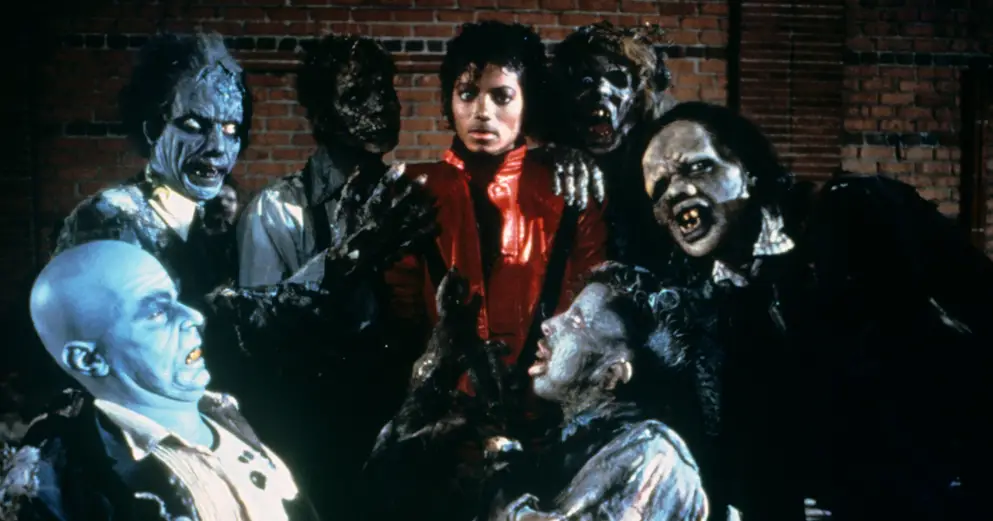
The 14-minute horror movie pastiche directed by John Landis didn’t just change music videos—it transformed them into legitimate art forms worthy of serious production values. Michael’s red leather jacket, zombie dance choreography, and Vincent Price’s iconic voiceover became cultural touchstones that extended far beyond the song itself. The “making of” documentary was nearly as popular as the video, showing us behind-the-scenes magic that made us appreciate the craft even more. Indeed, Florida Courier writes that this particular video still dominates the music landscape to this very day.
This watershed moment in pop culture history cost a then-unprecedented $500,000 to produce and single-handedly turned music videos into must-see events. Many of us can still recite Price’s eerie closing narration or mimic the zombie choreography that appeared at every school dance for the remainder of the decade. “Thriller” taught an entire generation that music could be more than heard—it could create immersive worlds that lingered in our consciousness long after the song ended.
2. A-ha’s “Take On Me” (1985)

The Norwegian band’s breakthrough hit featured groundbreaking rotoscope animation that merged pencil-sketched fantasy with live action in a way that seemed absolutely magical to young viewers. The romance between the comic book character and the real-world girl created a portal fantasy that spoke to anyone who’d ever wished to escape into the pages of their favorite book or comic. Director Steve Barron’s innovative approach required thousands of hand-drawn frames, creating the distinctive look that still feels fresh nearly four decades later. As chronicled in Collider, this song enjoyed renewed popularity in major pop culture titles.
The video’s climactic moment—when the animated hero breaks through the comic book wall into reality, only to begin deteriorating—created genuine emotional stakes we weren’t accustomed to seeing in music videos. A-ha’s lead singer Morten Harket’s impossible vocal range matched the video’s ambition, creating a perfect marriage of audio and visual artistry. Many of us spent hours attempting to recreate the animation style in our school notebooks, testament to how deeply this video embedded itself in our creative consciousness.
3. Peter Gabriel’s “Sledgehammer” (1986)
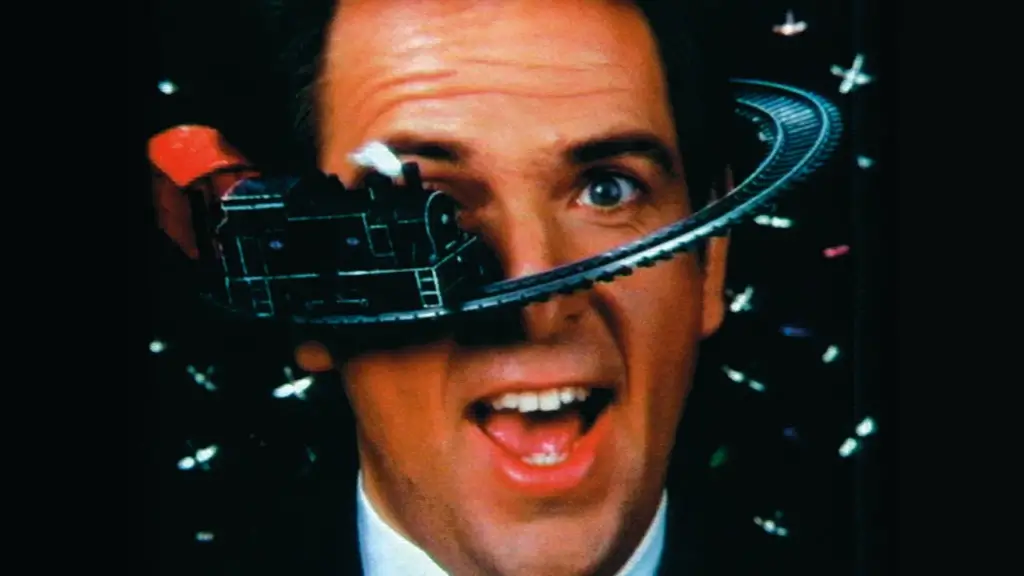
This stop-motion masterpiece directed by Stephen R. Johnson set the standard for visual innovation, using clay animation, fruit arrangements, and practical effects that seemed utterly magical in the pre-CGI era. Gabriel subjected himself to hours on a platform while various objects and creatures were animated around his face, creating surreal vignettes that matched the song’s playful innuendo with visual metaphors ranging from subtle to spectacularly obvious. The steam train running across his head, dancing chickens, and the unforgettable fruit face sequence demonstrated painstaking craft that made this the most-played video in MTV history for years. Rolling Stone Australia writes about the uncharacteristic amount of whimsy in this video, which makes it further stand out in Peter’s lineup.
Each viewing revealed new details, rewarding the kind of repeated watching that defined our relationship with favorite videos before the era of on-demand viewing. The video’s technical achievements earned it nine MTV Video Music Awards and introduced many young viewers to the stop-motion techniques pioneered by animators like Jan Švankmajer. “Sledgehammer” taught us that music videos could be experimental art pieces, expanding our visual vocabulary and showing that commercial music could pair with avant-garde imagery.
4. Cyndi Lauper’s “Girls Just Want to Have Fun” (1983)
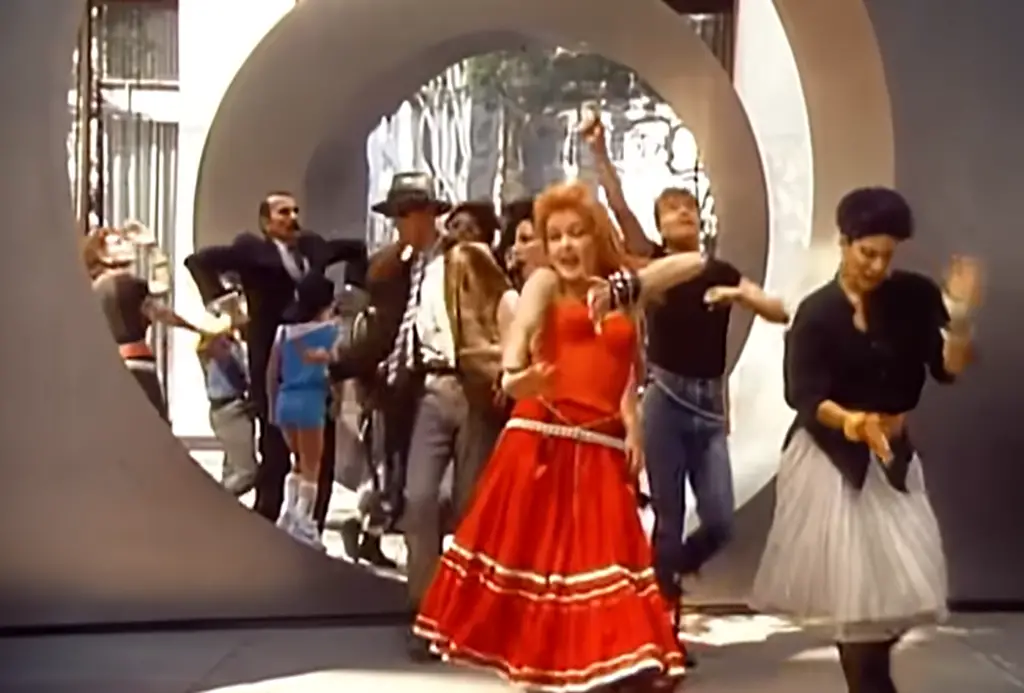
Cyndi’s colorful celebration of female joy and friendship featured a multicultural cast of women dancing through apartments, streets, and bedrooms in an exuberant display that felt revolutionary in its unabashed femininity. Her mismatched thrift store fashion, rainbow hair, and distinctive dance moves provided an alternative template for girl power that resonated with anyone who felt too weird for conventional beauty standards. The video’s multigenerational approach—featuring Lauper’s real mother playing her on-screen mom—added authenticity to its message of women supporting women across age barriers.
The apartment dance party scenes created a blueprint for countless pajama parties and bedroom dance-offs, showing girls they could create their own spaces of freedom and expression. Lauper’s video stood in stark contrast to the male-gazey videos that dominated early MTV, presenting women as active participants in their own joy rather than decorative objects. Many of us can still picture the iconic scene of Cyndi and her friends leaning out windows, calling to each other across city streets—a perfect visual representation of female community that transcended the song’s already empowering lyrics.
5. Madonna’s “Material Girl” (1985)
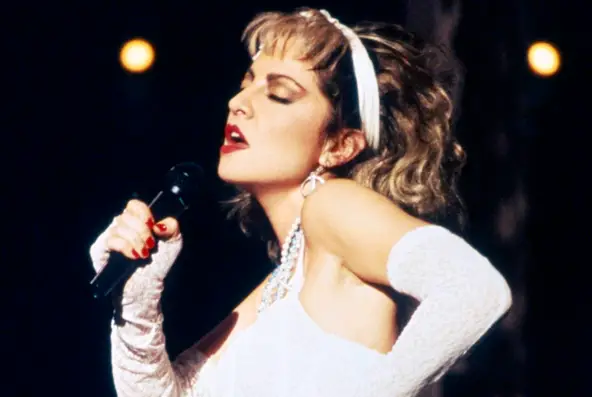
Madonna’s pitch-perfect homage to Marilyn Monroe’s “Diamonds Are a Girl’s Best Friend” sequence from “Gentlemen Prefer Blondes” introduced many of us to classic cinema while simultaneously reinventing it with Madonna’s characteristic postmodern flair. The video’s clever framing device—showing a director who falls for Madonna despite her apparent gold-digger persona—added narrative complexity that elevated it beyond simple pastiche. The hot pink strapless gown, elbow-length gloves, and diamond jewelry became instantly iconic, establishing Madonna as the chameleon queen of strategic visual references.
What made this video particularly impactful was how it worked on multiple levels: as a straight homage for those unfamiliar with the original, as knowing parody for film buffs, and as commentary on Madonna’s own public image. The juxtaposition between Madonna’s materialistic persona within the video and the “real” Madonna who prefers simple dates with the earnest director created early meta-commentary on celebrity authenticity. For many young viewers, this was an introduction to the concept that public personas could be deliberately constructed and manipulated—a particularly resonant message from the woman who would become the master of reinvention.
6. Talking Heads’ “Once in a Lifetime” (1981)
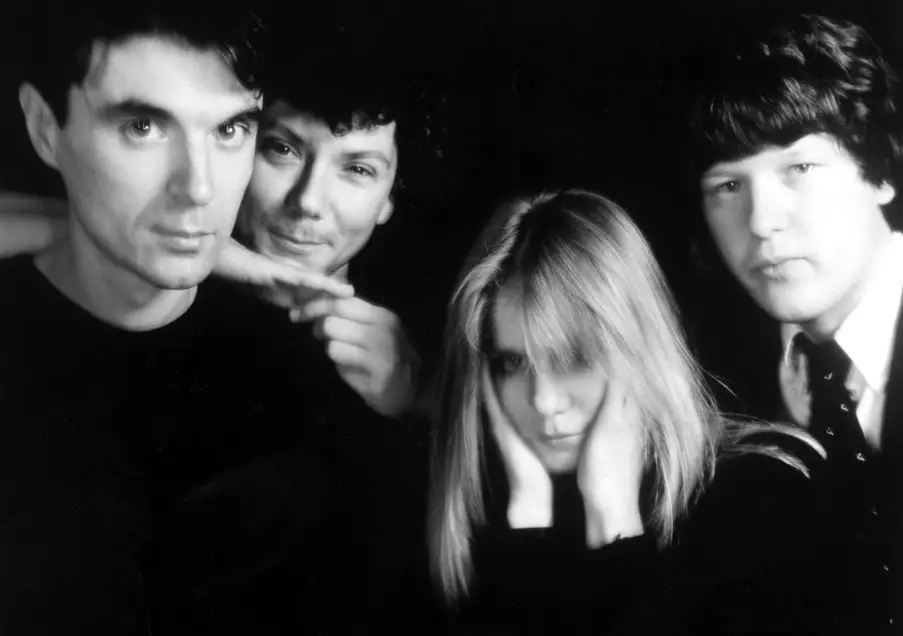
David Byrne’s spasmodic choreography and distinctive white suit created one of music video’s most memorable characterizations—the disoriented businessman experiencing existential crisis in real time. Director Toni Basil (herself a choreographer) helped Byrne develop the jerky, dissociative movements based on footage of religious ecstatics, creating a physical vocabulary that perfectly matched the song’s themes of disorientation and questioning one’s life choices. The pioneering green screen effects that multiplied Byrne and placed him against flowing water reinforced the song’s lyrical preoccupation with water as metaphor for the passage of time.
The video’s minimalist approach stood in stark contrast to the increasingly elaborate productions that would come to dominate later in the decade, proving that conceptual strength could outweigh production budget. Byrne’s performance—simultaneously humorous and deeply unsettling—gave adolescent viewers a preview of the corporate alienation that might await them in adulthood. Many of us can still mimic his distinctive hand-chopping motion or the moment when he seems to be slapped by an invisible force—physical expressions of existential distress that somehow made our own adolescent identity crises feel more universal.
7. Journey’s “Separate Ways (Worlds Apart)” (1983)
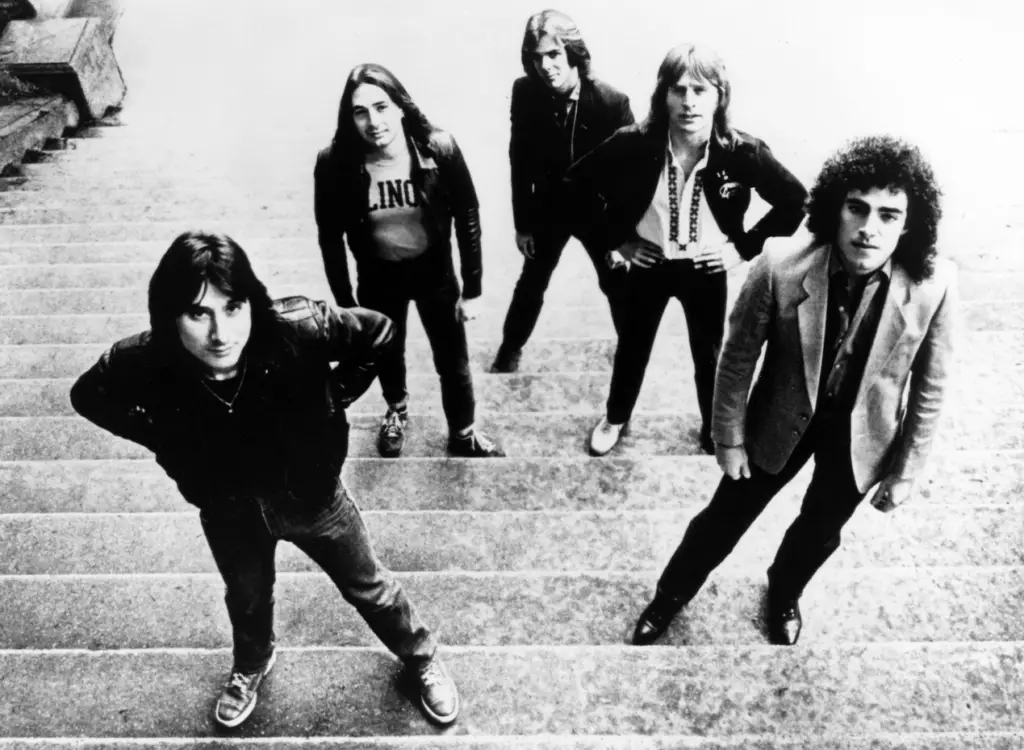
This unintentionally hilarious video has achieved cult status for its earnest awkwardness, featuring the band playing air instruments on a waterfront warehouse district while lead singer Steve Perry pursues a mysterious woman in high heels. The video’s most infamous moments—band members playing invisible keyboards mounted on concrete walls and enthusiastically miming to their instruments while wearing tight jeans and leather jackets—created an inadvertent masterclass in music video camp. The serious expressions contrasted with the absurdity of the concept created cognitive dissonance that made this video both mockable and strangely mesmerizing.
What elevates “Separate Ways” from merely embarrassing to genuinely beloved is the absolute commitment the band brings to the performance, especially Perry’s dramatic emoting directly into the camera. The rudimentary special effects that split the screen between band members and their “playing” created unintentional visual poetry that somehow enhances the song’s themes of separation. For many of us who watched this video repeatedly on MTV, it represents perfect 80s cheese—so earnest, so dated, and so perfectly representative of an era when bands were still figuring out what to do with this new medium.
8. Dire Straits’ “Money for Nothing” (1985)
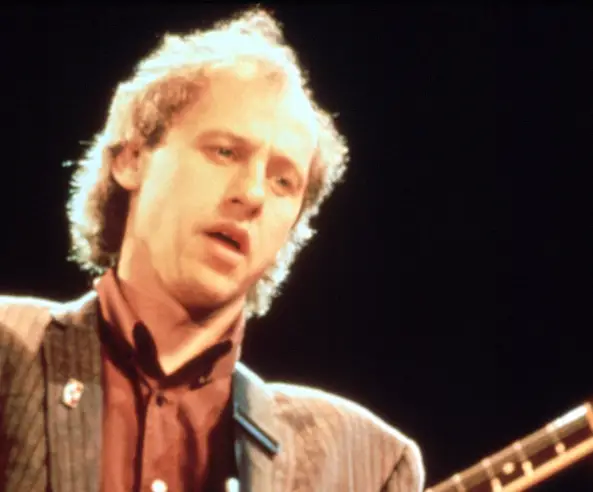
Mark Knopfler’s satirical take on working-class views of the music industry was paired with groundbreaking computer animation that many of us had never seen before in a music video. The blocky CGI figures and vibrant neon colors created a distinctive visual language that screamed “future” to young viewers, despite looking charmingly primitive by today’s standards. The video cleverly integrated its technological innovation with the song’s lyrical theme of television-mediated fame, creating a meta-commentary on the very medium of music video itself.
The perspective shift between the animated world and footage of the band performing created narrative tension that kept viewers engaged throughout the extended album cut. Director Steve Barron (who also directed “Take On Me”) pushed the available technology to its limits, using the Paintbox system at Video effects company to create what would become the first computer-animated music video to be played on MTV. Many of us who watched this video over and over again were witnessing our first glimpse of the computer-generated imagery that would eventually transform entertainment—a truly mind-blowing experience before such effects became commonplace.
9. Janet Jackson’s “Rhythm Nation” (1989)
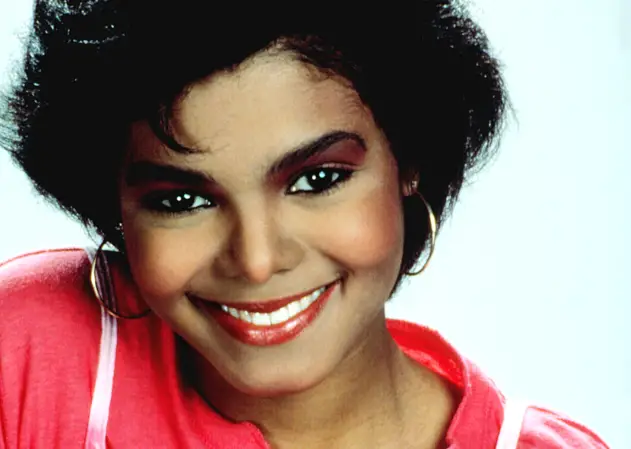
The military-precision choreography, black and white cinematography, and industrial setting created a visual manifesto that merged entertainment with social consciousness in unprecedented ways. Janet’s vision—a diverse dance army united by rhythm rather than race or gender—was realized through director Dominic Sena’s gritty, dystopian aesthetic and Janet’s own remarkable abilities as a dancer and performer. The video’s intricate choreography by Anthony Thomas influenced dance styles for years afterward, with its sharp angular movements, perfectly synchronized group formations, and Janet’s impeccable leadership of her dance corps.
The accompanying long-form video placed the song within a mini-movie addressing social issues including education, prejudice, and poverty—ambitious themes rarely tackled in music videos of the era. “Rhythm Nation” represented a significant evolution from the more playful videos of Janet’s “Control” era, establishing her as an artist with serious intentions and remarkable creative control. Many of us spent countless hours trying to master the key choreographic sequences, particularly the iconic breakdown near the end with its military-style hand movements and formation changes—physical vocabulary that still instantly evokes the power of this groundbreaking video.
10. Robert Palmer’s “Addicted to Love” (1986)
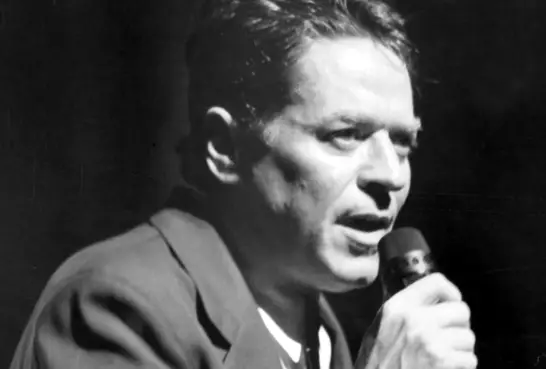
The British singer’s signature video featured identically dressed models with slicked-back hair, red lipstick, and black dresses pretending to play instruments with deliberately blank expressions—creating one of the most recognizable visual templates in music video history. Director Terence Donovan’s stark visual approach—contrasting Palmer’s suited figure against the robotic “band” members—created a distinctive aesthetic that Palmer would revisit in subsequent videos like “Simply Irresistible” and “I Didn’t Mean to Turn You On.” The video’s power came from its restraint: minimal movement, a single set, and a color palette limited primarily to black, white, and red.
The “Palmer girls” became instantly iconic, spawning countless parodies (including Shania Twain’s gender-reversed version in “Man! I Feel Like a Woman”) and Halloween costume ideas that continue decades later. While later interpretations would critique the video’s apparent objectification of women, at the time it registered primarily as striking visual art—models as living sculptures rather than realistic musicians. The video’s influence extended beyond music into fashion photography and advertising, with its distinctive aesthetic approach that valued composition and visual impact over narrative or emotional expression.
11. Lionel Richie’s “Dancing on the Ceiling” (1986)
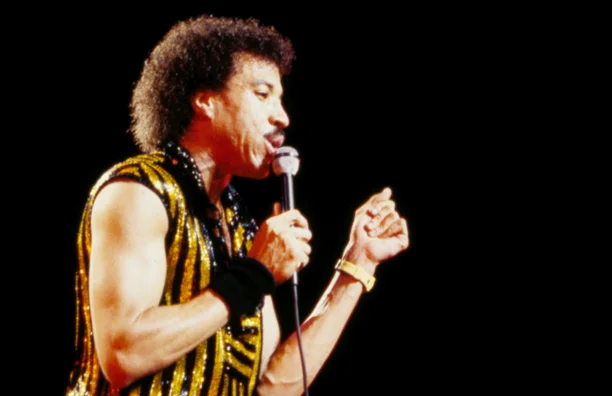
This high-concept video brought its title literally to life with dazzling practical effects that showed Richie and his partygoers dancing up the walls and across the ceiling of an elegant home. Director Stanley Donen (who had directed Fred Astaire actually dancing on the ceiling in “Royal Wedding” decades earlier) brought his expertise to create the illusion through rotating room sets—an impressive technical achievement that cost over $400,000. The video’s joyful energy and mind-bending visuals created perfect escapist entertainment that made us all wish we could defy gravity at our next house party.
The behind-the-scenes complexity required to create these effects (including bolting furniture to the rotating set and performers timing their movements precisely) remained invisible to viewers, who experienced only the magical result. Richie’s charismatic performance grounded the conceptual gimmick in genuine fun, while the diverse cast of dancers reflected the song’s inclusive message about music bringing people together regardless of background. For many young viewers, this video created a persistent fantasy of what the ultimate party might look like—a world where not even gravity could limit our celebration.
12. Run-DMC and Aerosmith’s “Walk This Way” (1986)

The literal wall-breaking collaboration between rap pioneers and rock legends created a visual metaphor for the genre-blending that would define popular music for decades to come. Director Jon Small captured the initial tension and eventual cooperation between the acts by showing them performing in adjacent studios, with Run-DMC on one side and Aerosmith on the other, until Steven Tyler physically breaks through the wall separating them. The video’s significance extended beyond its entertaining concept, visualizing a pivotal moment in music history when hip-hop gained mainstream acceptance through strategic partnership with established rock.
The video’s genius lay in how it acknowledged the cultural and racial differences between the artists while demonstrating how music could transcend those boundaries. The performative aspects—particularly when both acts finally share the same space and Tyler and Run trade microphones—created genuine excitement that translated through the screen. Many of us who witnessed this video in heavy rotation were watching the birth of rap-rock and other fusion genres that would dominate the next decade, though we didn’t necessarily recognize the historical significance at the time—we just knew it was impossibly cool to see these two worlds collide.
Long before YouTube and TikTok made video content ubiquitous, these groundbreaking visual stories shaped our understanding of music, fashion, and culture. They gave us common references that defined our generation and provided the soundtrack to our most formative years. While today’s kids can watch anything whenever they want, there was something magical about the shared experience of discovering these videos together, waiting impatiently for favorites to appear in rotation, and discussing every detail the next day at school—cultural moments that quite literally raised us while our parents weren’t looking.


